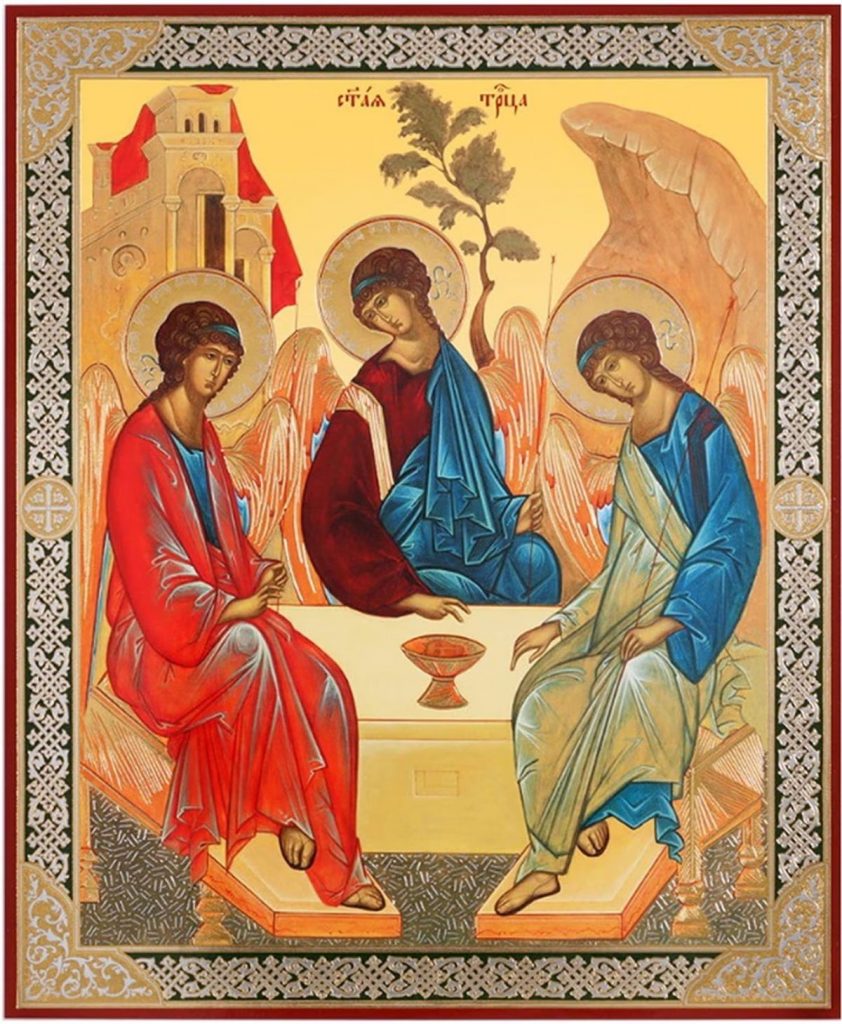German Commission Recommends Bavarian State Bank Return Kandinsky Auctioned During World War II
On Tuesday, an independent German commission recommended a painting by Wasssily Kandisnky in the collection of the Bavarian state bank be restituted to the descendants of the Jewish family that originally owned the artwork.
The commission typically intervenes in restitution matters, especially those involving artwork believed to have been looted by the Nazis during World War II. While the commission’s rulings cannot be enforced, they are often heeded by both parties in the dispute.
In this case, the heirs of Hedwig Lewenstein Weyermann and Irma Lewenstein Klein were deemed the rightful owners of 1907 painting The Colorful Life by Kandinsky, a Russian artist whose works regularly fetch six figures at auction.
The large painting depicts a boisterous picnic of vibrantly dressed people who variably share food, play music, and dance. In its decision, the commission said that the painting entered the prodigious art collection of the Lewensteins, a Jewish couple living in Amsterdam, in 1927. The Color Life was sold off on October 9, 1940—shortly after the Nazi occupation of the Netherlands—at an auction house in Amsterdam. The work had been on loan from the Lewenstein family to the Stedelijk Museum in Amsterdam, where it was taken earlier that fall under the direction of the art dealer Abraham Mozes Querido, according to the commission.
Independent researchers have been unable to compile a comprehensive provenance—a history of ownership—for the painting.
“It cannot be proven on whose initiative the painting was sold as part of the Lewenstein estate to the auction house Frederik Muller & Co. at the auction,” the commission said in a statement. It is known, however, that the painting was acquired by Salomon B. Slijper, whose widow sold it to the bank in 1972 for 900,000 Dutch guilders. The claimants maintain that the work was surrendered under duress to the auction in 1940.
The commission agreed, writing, “The painting was seized as a result of persecution. The Lewenstein family and Irma Lewenstein Klein were persecuted as Jews,” during the German occupation of the Netherlands. “There is no evidence to support the assumption that Irma Lewenstein Klein arranged for the painting to be handed over of her own free will.”
The Bavarian state bank has not commented on the ruling.



